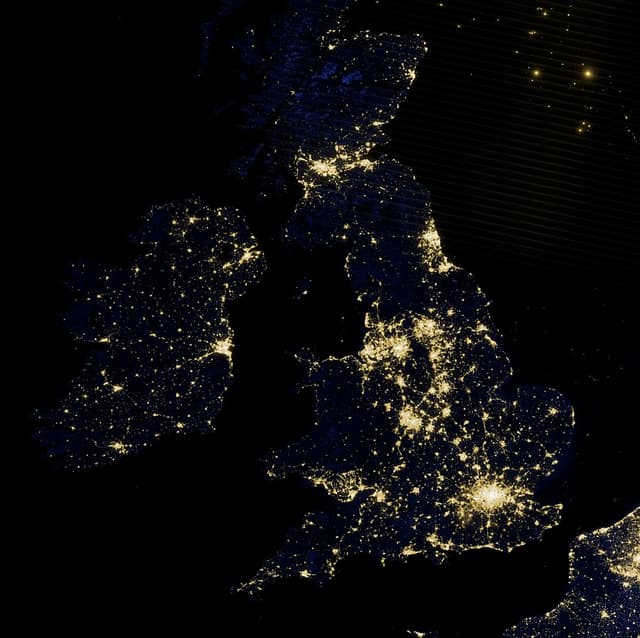Myths about teaching can hold you back
- Year 3
Location and growth of settlements
I can describe and explain some of the reasons why settlement are established and grow.
- Year 3
Location and growth of settlements
I can describe and explain some of the reasons why settlement are established and grow.
These resources will be removed by end of Summer Term 2025.
Switch to our new teaching resources now - designed by teachers and leading subject experts, and tested in classrooms.
These resources were created for remote use during the pandemic and are not designed for classroom teaching.
Lesson details
Key learning points
- Many settlements have long histories, on sites chosen for resource access, for example: water, fertile land and wood.
- Physical geography can influence why settlements start, grow and change.
- Human geography can influence why settlements start, grow and change.
Keywords
Settlers - Settlers are people who move with a group of others to live in a new location.
Natural resources - Natural resources are those that come from Earth without human influence and can be used for human needs.
Crossroads - A crossroads is the point at which two roads meet and cross each other.
Bridging point - A bridging point is the location on a river where it is possible to make a bridge to connect the two sides.
Site - A site is the exact location of a place in relation to other nearby places or features.
Common misconception
Some children may struggle to understand the concept of countour lines.
Showing animations and models of land in 3D with contour lines marked on can help.
To help you plan your year 3 geography lesson on: Location and growth of settlements, download all teaching resources for free and adapt to suit your pupils' needs...
To help you plan your year 3 geography lesson on: Location and growth of settlements, download all teaching resources for free and adapt to suit your pupils' needs.
The starter quiz will activate and check your pupils' prior knowledge, with versions available both with and without answers in PDF format.
We use learning cycles to break down learning into key concepts or ideas linked to the learning outcome. Each learning cycle features explanations with checks for understanding and practice tasks with feedback. All of this is found in our slide decks, ready for you to download and edit. The practice tasks are also available as printable worksheets and some lessons have additional materials with extra material you might need for teaching the lesson.
The assessment exit quiz will test your pupils' understanding of the key learning points.
Our video is a tool for planning, showing how other teachers might teach the lesson, offering helpful tips, modelled explanations and inspiration for your own delivery in the classroom. Plus, you can set it as homework or revision for pupils and keep their learning on track by sharing an online pupil version of this lesson.
Explore more key stage 2 geography lessons from the Settlements: where do people live and why? unit, dive into the full primary geography curriculum, or learn more about lesson planning.

Licence
Prior knowledge starter quiz
6 Questions
Q1.True or false? London is a megacity.
Q2.How many countries make up the UK?
Q3. and font size can be used to differentiate between different settlement types on maps in atlases.
Q4.How many capital cities does each country have?
Q5.Match the key word and its definition.
places where groups of people live and work
the number of people who live in a place
places where certain things happen e.g. parks for playing
Q6.Are settlements distributed equally across the UK?



